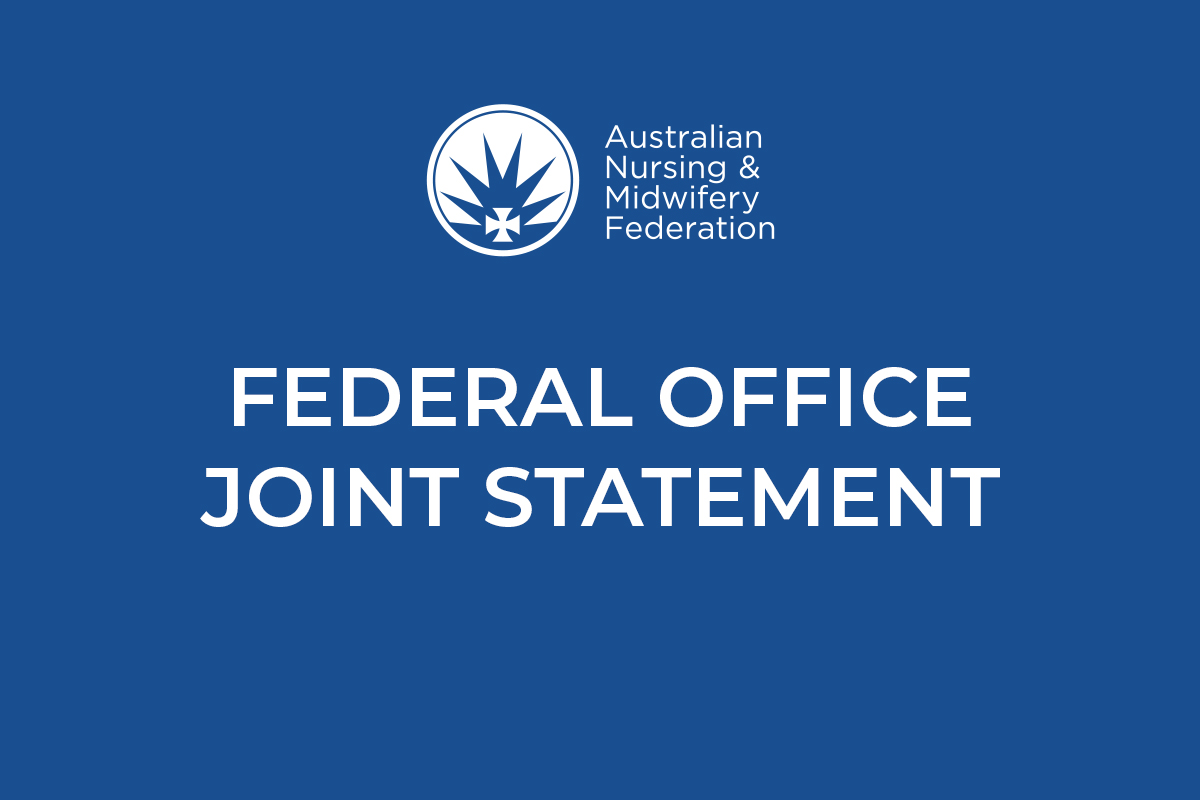
Twenty-five years ago the Howard Coalition government implemented sweeping changes that ripped nurses out of nursing homes.
The Aged Care Act 1997 even changed what we called the health services where our vulnerable and elderly went to live when they could no longer live independently.
It renamed them ‘residential aged care facilities’ so the community would forget they were nursing homes. Patients became residents.
The Act also removed funding mechanisms that had tied taxpayer funding to the nursing and care budget. Prior to 1997 if a provider didn’t spend its allocated care funding on nurses it had to give it back to the government. That no longer happens, and today aged care is a big business and very profitable for some.
The legislation also removed rules about having registered and enrolled nurses in residential aged care facilities. One line in the legislation states aged care providers must ‘maintain an adequate number of appropriately skilled staff to ensure that the care needs of care recipients are met’.
‘Adequate’ was never defined nor enforceable.
Dedicated ANMF members have campaigned for more than two decades highlighting the dire consequences of removing the rules that forced aged care employers to roster nurses on every shift.
Aged care nurses and personal care workers have rallied, protested, taken industrial action – including the trail blazing rolling strikes by Bupa nurses in 2017, organised petitions, met with their local MPs and senators and delegations have travelled to Parliament House in Canberra.
It was bewildering that politicians had to be convinced of the horror consequences of not enough nurses. The missed care that residents suffered means inadequate wound care, missed medication, poor pain relief and palliative care, increased urinary tract infections, unchanged soiled incontinence aids, malnutrition and dehydration, increased falls, transfers by ambulance to hospitals and preventable deaths. It’s why there was a royal commission.
ANMF always acknowledges the extraordinary work of nurses and personal care workers but the law and regulations do not give you enough time to care for your residents.
That can change. There is hope.
The Opposition Leader, Anthony Albanese, has promised that if elected a Labor Government will put the humanity back into aged care. Federal Labor’s aged care policy closely aligns with Federal ANMF’s aged care campaign asks and the aged care royal commission recommendations. A Labor Government will:
- Fund and legislate mandated minimum 215 daily care minutes per day – this will include 44 minutes with a registered nurse and will include enrolled nurses and personal care workers. Based on the number of residents this will be the mechanism to calculate the ratio.
- Fund and legislate 24/7 registered nurse on site – ANMF members have negotiated this in their enterprise agreement at 85 per cent of Victoria’s private and not-for-profit residential aged care facilities. This is not the case in other states such as NSW and QLD.
- Increase wages that value aged care staff – by funding the outcome of the ANMF’s and other union work value case in the Fair Work Commission
- Legislate clear transparency measures that tie funding to care
There are some who ask where will the nurses come from? They either do not want to improve aged care or do not understand the majority of private aged care nurses work part time and more than half of those nurses want more hours. It was the same cry in 2001 when public sector members fought and won nurse/midwife to patient ratios and 1300 additional staff were needed to fulfil the ratios.
The Bachelor of Nursing was the most popular course at six Victorian universities. The Andrews Government has been offering the Diploma of Nursing for free at TAFE since 2019. We are increasing the number of new registered and enrolled nurses.
The critics also don’t understand that Tasmania already has 24/7 registered nurses as do 85 per cent of Victoria’s 600 private aged care facilities. It’s not the case in New South Wales and Queensland.
Victoria’s 180 state-run public aged care facilities already have legislated nurse/ resident ratios.
It can be done. We have done it before and we must work to right the wrongs in the system. And we should be ambitious. It is not acceptable to have one nurse for 30, 40 or 60 residents.
As pre-polling starts and we head to election day on 21 May 2022, when you go to cast your vote – please consider voting to fix aged care.




